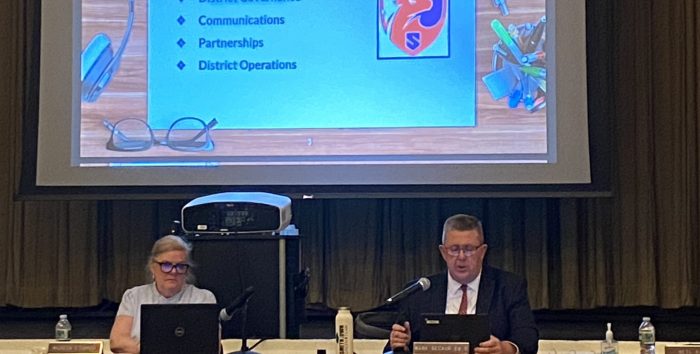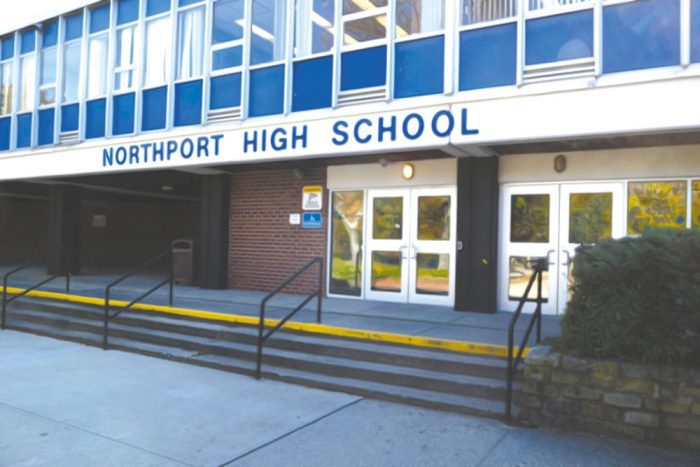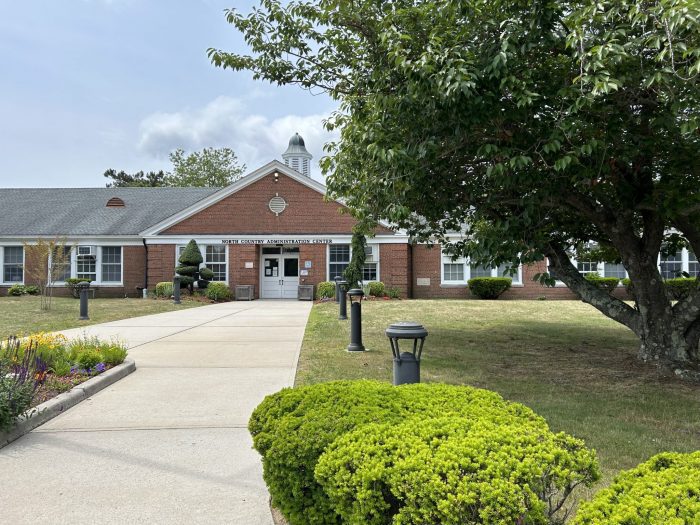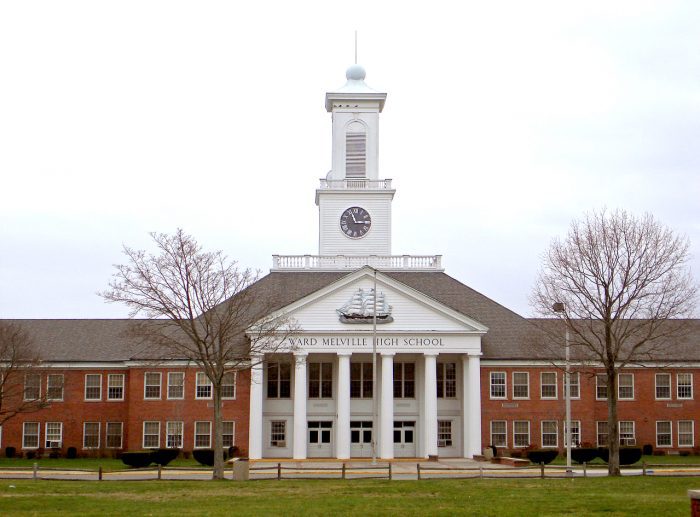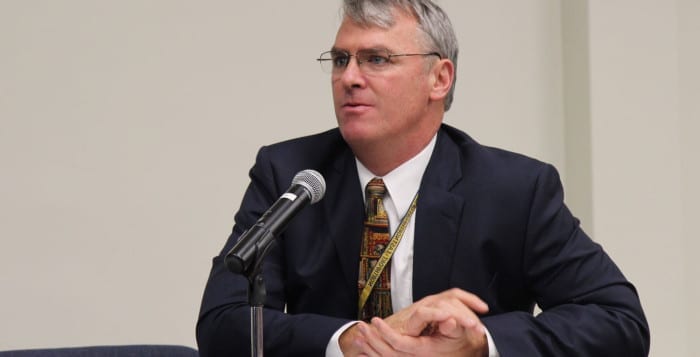By William Stieglitz
At the April 22 meeting, the board of education for Smithtown Central School District voted unanimously to adopt the proposed 2025-2026 budget. Set at $294,998,455, it would be a 1.74% increase from last year’s approximate $290 million. According to Superintendent of Schools Mark Secaur, the budget will allow the continuation of existing programs, including summer learning, while also keeping class sizes within district policy parameters.
The proposed property tax levy is set at $225,253,356, a 2.66% increase from last year’s levy of approximately $219 million. This is the maximum allowable levy for the budget to require a simple majority to pass, as opposed to the over 60% that would be required were the cap exceeded. The tax limit is calculated primarily based on the rate of inflation but also includes factors such as the tax base growth for the area, the Payment in Lieu of Taxes receivable and the capital levy exclusion.
The budget’s other revenues are primarily from state aid and the school district’s reserves. Since the New York State budget has not yet been passed, missing the April 1 deadline for the fourth year in a row, it is unknown how much state aid the district will receive. The board, instead, based its calculations on Governor Kathy Hochul’s (D) executive state budget as proposed in January, predicting about $51 million in aid. Should the state budget exceed what was expected, the board’s plan will be not to change the expenditure budget, but rather to reduce the dependence on around $7.5 million dollars in reserves.
These reserves include $3.65 million from the Employees’ Retirement System, $2.725 million from the Teacher’s Retirement System, $770,000 from Employee Benefit Accrued Liability and $400,000 from Workers’ Compensation Insurance. The use of this last reserve is a significant change from last years’ budget, which did not pull from it at all. The smallest reserve change, by contrast, is for EBAL, which sees the same amount used from it as last year. Employee benefits see decreases in Social Security and Medicaid but also increases in health insurance, with an overall $4.13 million rise in benefits.
There will be a budget hearing May 13 for community members to learn more about the budget. Then the vote for both the budget and board members will be May 20, with polls open from 6 a.m. to 9 p.m. and locations including Nesconset Elementary, Accompsett Elementary and Smithtown Elementary schools. Smithtown residents must be registered with the Suffolk County Board of Election by May 13 in order to vote.
If the proposed budget doesn’t pass, the board may resubmit either the same budget or a revised version for a second vote. If this fails too, the board would have to adopt a budget with no increase to the tax levy, resulting in an approximate revenue loss of $5.85 million. In this situation, the district would have to either include more reductions or withdraw more from its reserves.
For more information visit the school website: www.Smithtown.k12.ny.us.

